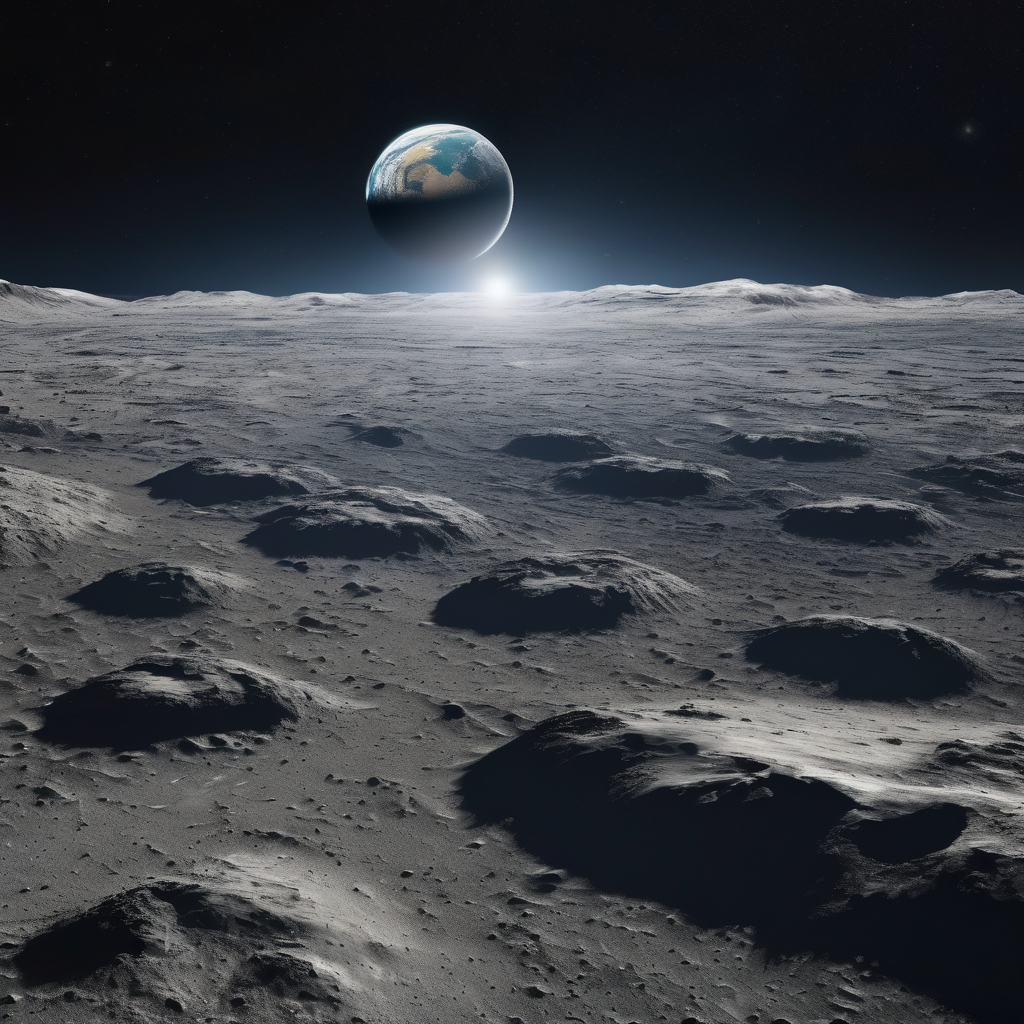NASA has announced its commitment to sending astronauts to orbit the Moon as part of its Artemis program, with the mission slated for early 2026. This timeline marks the United States’ accelerated efforts to compete with China’s burgeoning space ambitions. Although the Artemis 2 mission has faced several delays, it is now expected to occur between February and April 2026. Lakiesha Hawkins, a senior NASA official, reaffirmed this scheduled timeline during a recent press briefing.
The crew will consist of three American astronauts and one Canadian, making them the first humans to orbit the Moon in over fifty years. However, Artemis 2 will not include a lunar landing; that objective is reserved for the subsequent Artemis 3 mission.
The Artemis program is part of a broader effort by the US, under pressure from the government, to reassert its presence in space. This initiative has drawn parallels to the historic space race with the Soviet Union, as geopolitical competition now includes a focus on lunar exploration. These endeavors involve not only orbital missions but also plans to establish lunar bases, serving as a foundation for future Mars expeditions.
The Trump administration, which launched the Artemis program, emphasized the importance of returning to the Moon and eventually making human travel to Mars a reality. While the competitive aspect with China adds urgency, NASA prioritizes the safety of its missions above all.
NASA’s goal of safely bringing humans back to the Moon signifies an era of renewed exploration and collaboration. In parallel to competition, these scientific endeavors foster advancements and technological innovation, positioning humanity for expanded horizons in space exploration.
